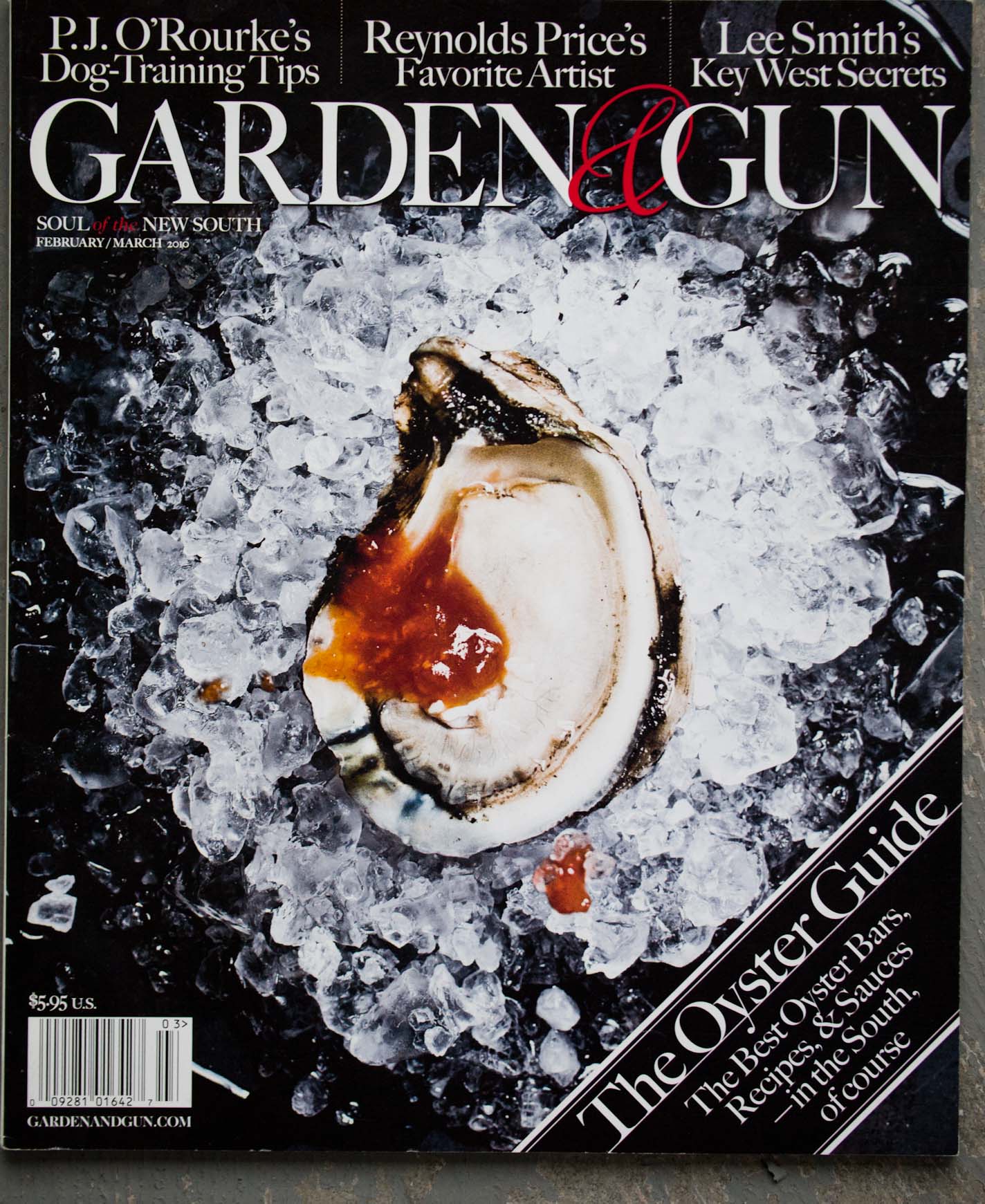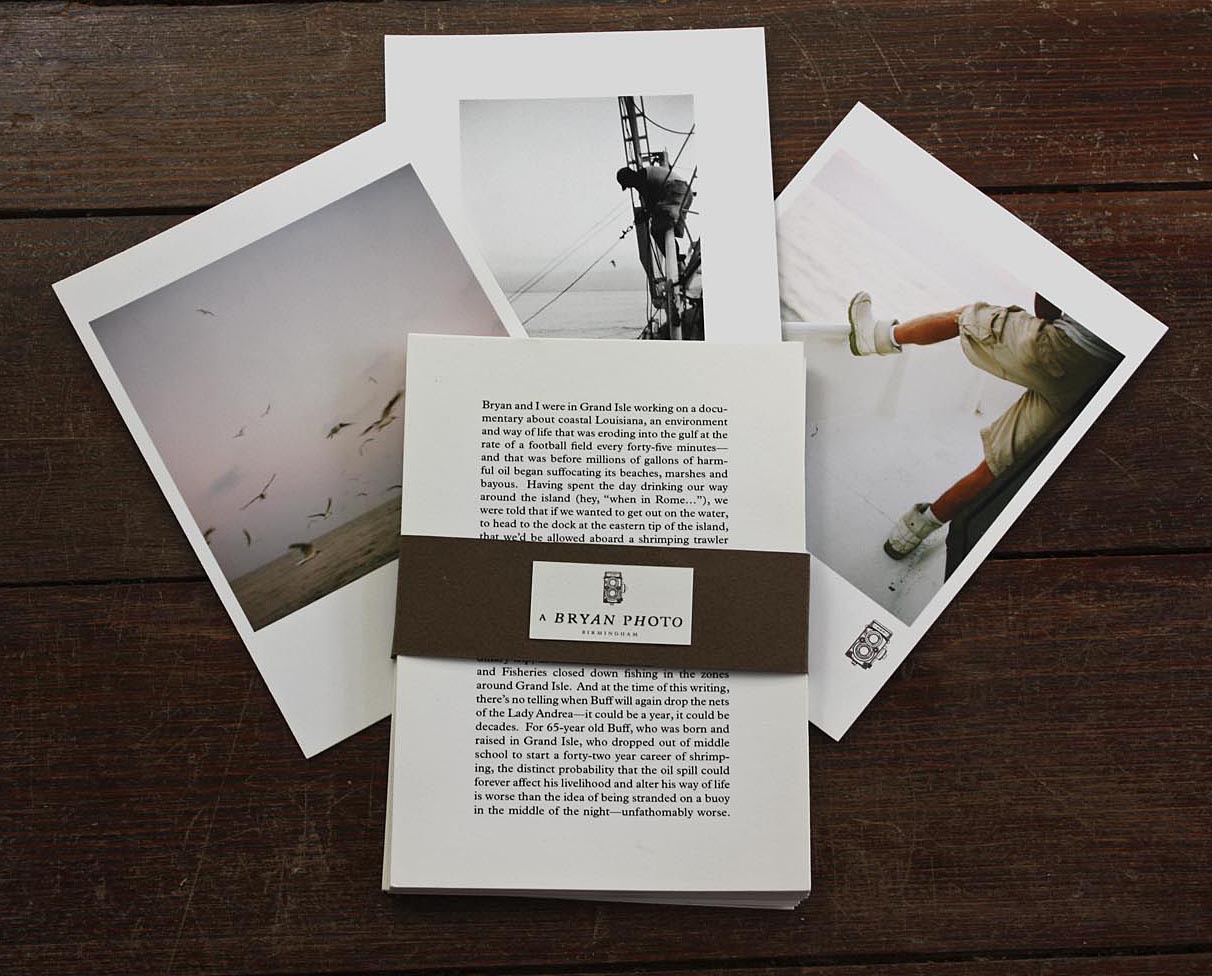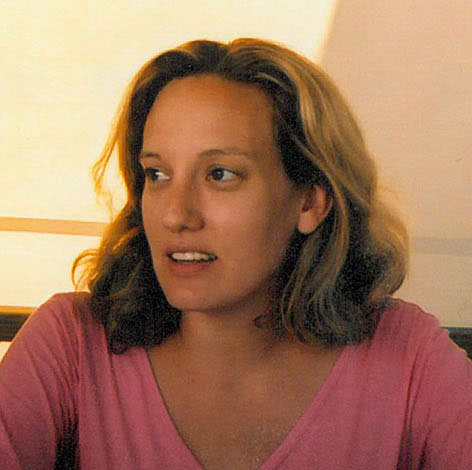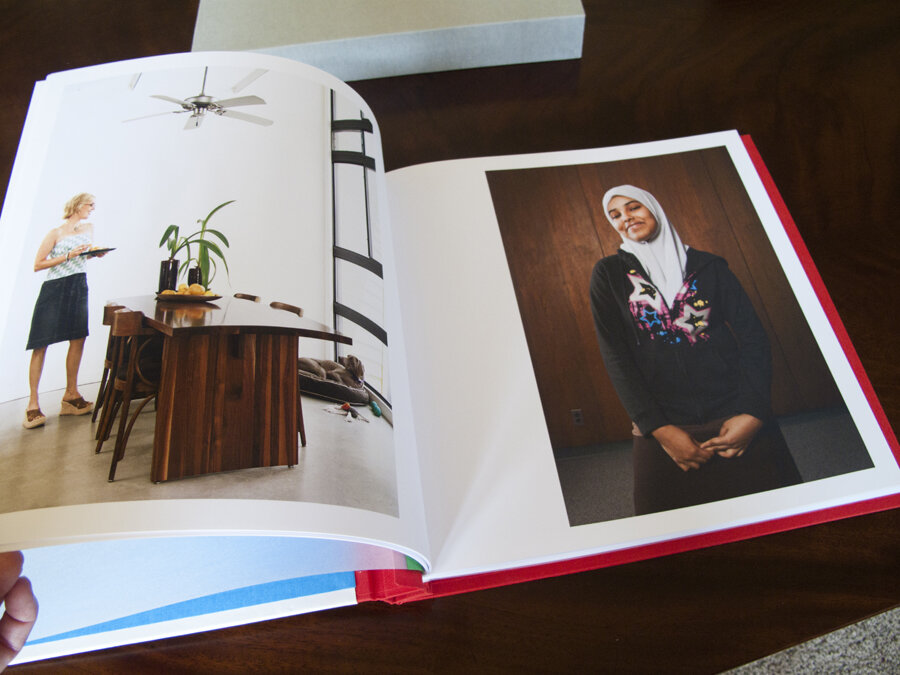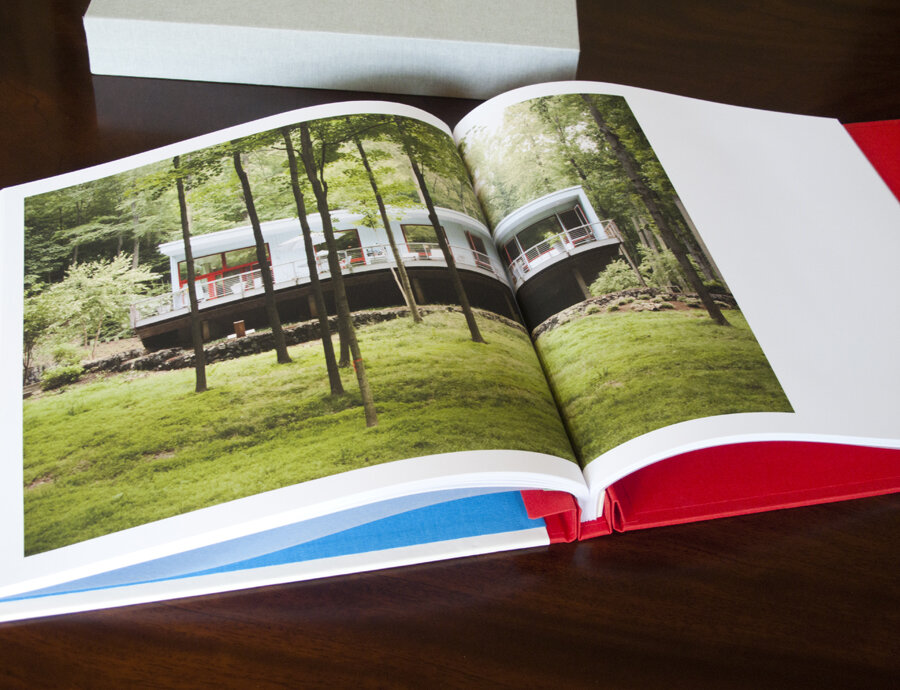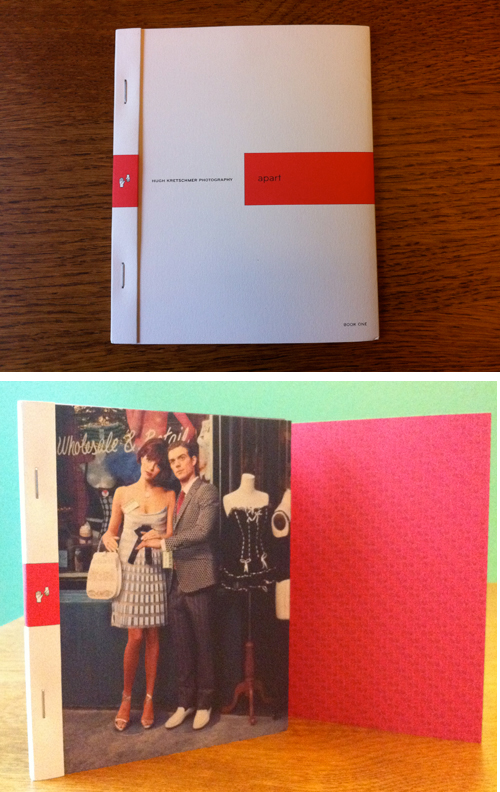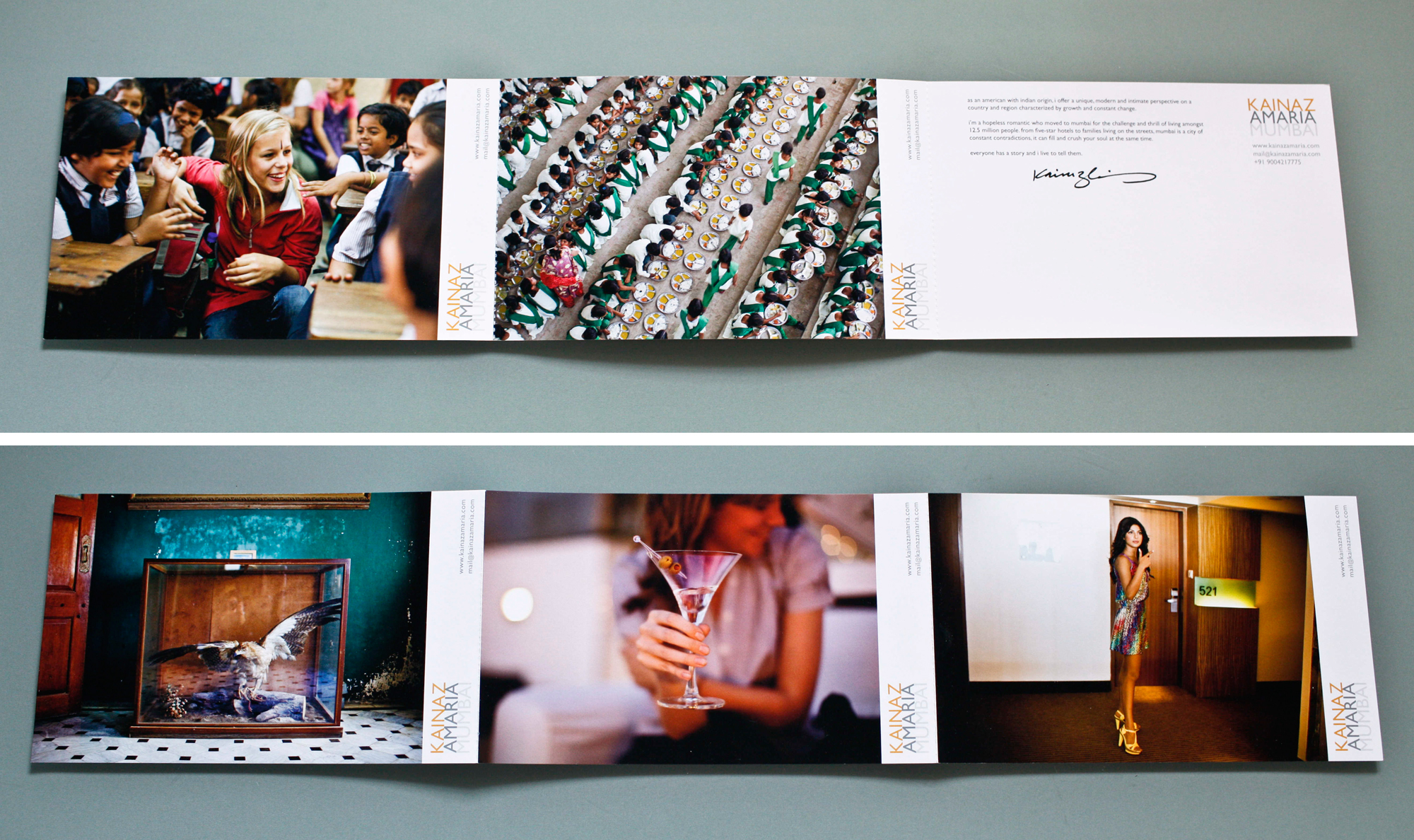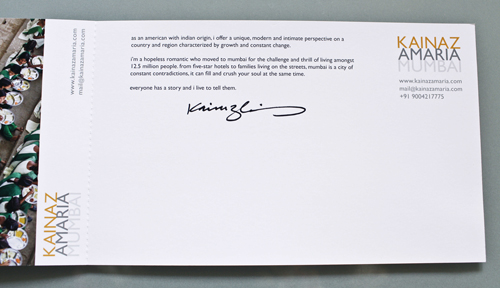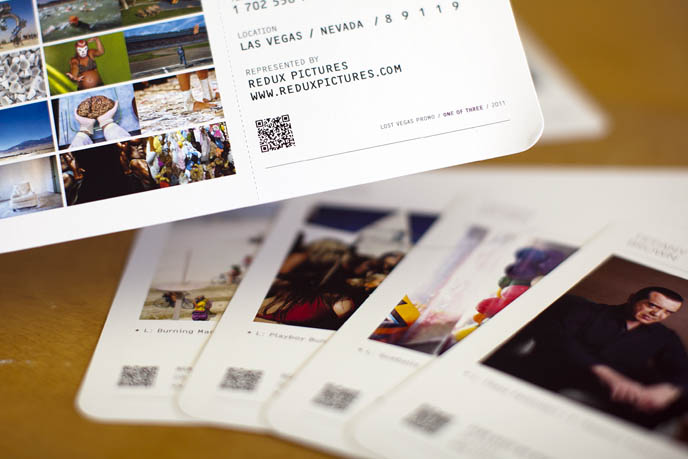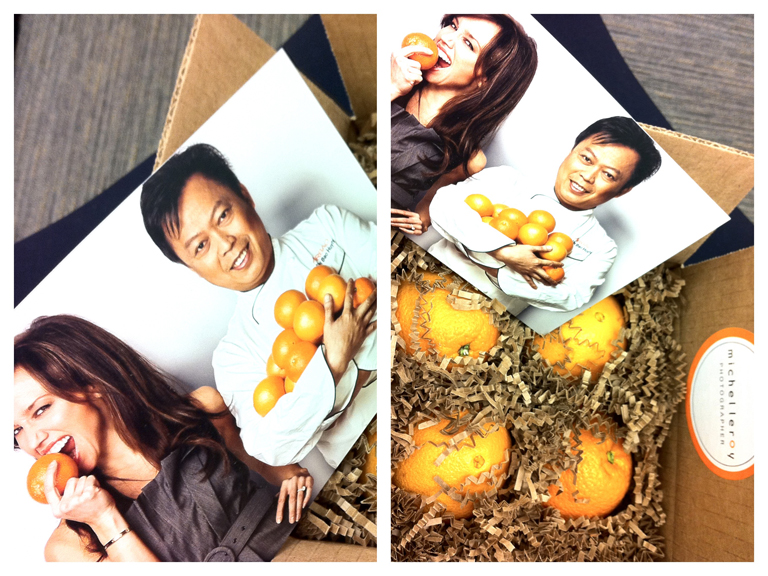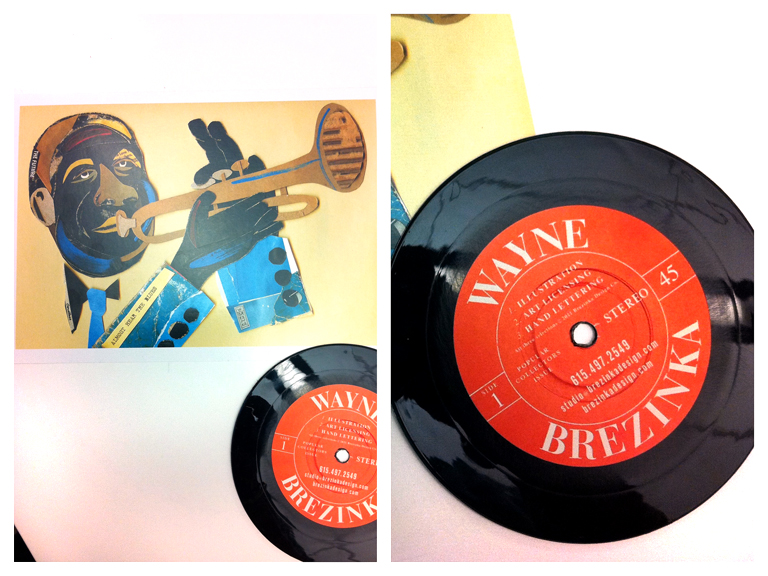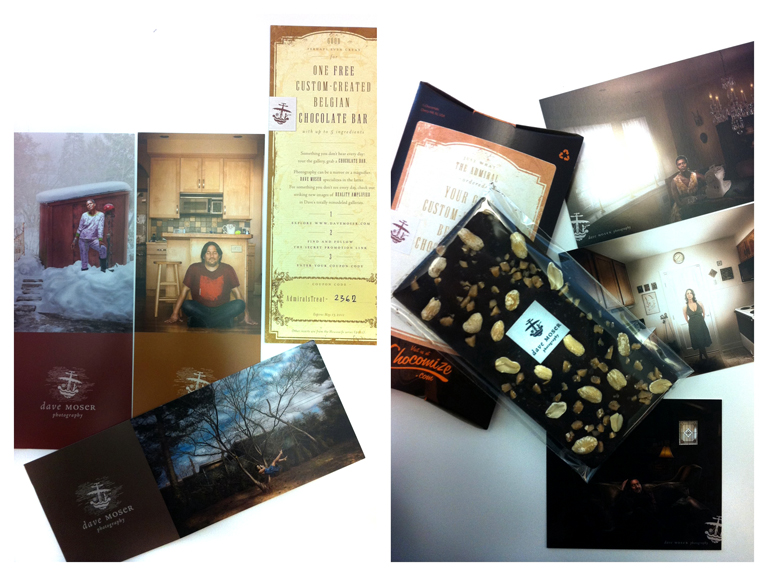Why do you think Garden & Gun is at the top of so many people’s “dream clients” lists.
That’s amazing. We’re fortunate that photography is a focus of the magazine’s design. A lot of full page images and great paper stock to ensure high quality reproduction. Our readers let us know how much they relate to the photography each issue. We’ve always been a photo friendly publication.
You have hired Peter Frank Edwards for many stories, and one of those recently won a James Beard Award. Can you describe what it is in Frank’s work that keeps you coming back? How do you two work together? Is it a collaborative process?
I’ve had the pleasure of working with Peter Frank Edwards since the very first issue of Garden & Gun (Spring 2007). He’s from the South, spent his life in the outdoors, and previously was a fisherman and sous chef. Peter Frank Edwards IS Garden & Gun! He’s covered everything from hole-in-the-wall barbecue joints to traditional foxhunting and continues to get excited by every assignment. He lives the pages of the magazine so really gets what we’re all about.
It is very much a collaborative process. There is a level of trust after working together for many years. I know he is going to find the creative angle with each assignment and bring back the unexpected. I always look forward to his tales from the road. (Read more about their collaboration in my Q&A with Peter Frank Edwards).
You use such an amazing variety of types of photographers, that it is hard to pigeonhole Garden & Gun as having a particular style. How do you describe the visual aesthetic to people?
I like to work with a mix of national photographers and Southern-based talent in each issue and try to deliver the unexpected whether it’s for the front or back of the magazine or a feature.
It’s a balance between seasoned well-known shooters and up-and-coming photographers. We always strive for images that communicate a sense of place. Images that make you want to be there, in that moment. We like lots of natural light and rarely incorporate conceptual photography.
Walk us through a “typical” day at work.
Garden & Gun has a small staff so each component of photography and the overall process is very hands on. The magazine contains a wide variety of content so each day is filled with assignments ranging from Southern food and chefs, hunting and fishing, architecture and interiors, portraiture, music, you name it.
The magazine covers a wide editorial range and incorporates a high/low mix of content. For example, a profile of actress Anna Camp or a new modern architectural project verses gritty and soulful juke joints or frogging in Louisiana. Every day is exciting and keeps me on my toes. I also like to set aside time each week to respond to inquiries, research photographer’s new work, etc.
How many print and email promotions do you receive in an average week? Have any stood out to you lately, enough to where you actually contacted the photographer?
I receive about 30 promos a week. Bryan Johnson sent me a promo that turned into an online photo essay for G&G. The content was perfect for us: http://gardenandgun.com/newsletter/spill-one-year-later.
When being promoted to, do you prefer print or email?
Both are great, so however the photographer is most comfortable showcasing their work. I’m old school and still love print. I continue to hold onto those real standout print promos. Witty design on quality paper with gorgeous photographs always excites me.
Do you have any pet peeves when it comes to the marketing materials photographers send you?
Do not send emails with large file attachments. Be familiar with the magazine’s content and visual style and send an appropriate selection of photos. I prefer a tighter, well-constructed edit rather than a large quantity of work. Websites should be easy to navigate and show me images immediately.
What are some of your favorite ways to discover new photographers?
All types of blogs (photo, galleries, designers, magazines, etc.), chatting with people in the industry, those standout promos I receive, and an occasional portfolio review.
Questions from photographers
1. Is it OK to call Photo Editors to follow up after sending a promo?
Email follow up is great and always easier than phone calls.
2. When I send an email, should it be in a email newsletter format or will a simple note saying what I've been up to suffice?
Either is fine. Be sure your work is easy to view.
3. Do you take a chance on photographers just starting out fresh out of school?
Yes.
4. What is the best way to get noticed by a photo editor and ultimately hired to shoot a job?
Develop your own style, have confidence in your work, and do your research on each publication you approach. Send quarterly updates about your projects, travels, etc. I just worked with a photographer for the first time I’ve been corresponding with for two years. Everything has to fall into place before that project can become a reality.
5. What are some of the qualities of an ideal photographer to work with?
Passionate about their work, down-to-earth, excited to tackle all kinds of challenges, professional, someone who thinks outside of the box and brings something new and fresh to the table visually.
6. Can you share some names of some photographers whose work you are inspired by?
I love to look at classic Southern icons (Jane Rule Burdine, William Christenberry, Sally Mann) as well as current shooters (Marcus Nilsson, Peggy Sirota, Andrea Fazzari, Ditte Isager, Trujillo- Paumier).
7. What is the most interesting shoot, photographically, so far?
The next one...
 Submit work by January 12, 2012 to participate in the the World Press Photo Contest.
Submit work by January 12, 2012 to participate in the the World Press Photo Contest.



